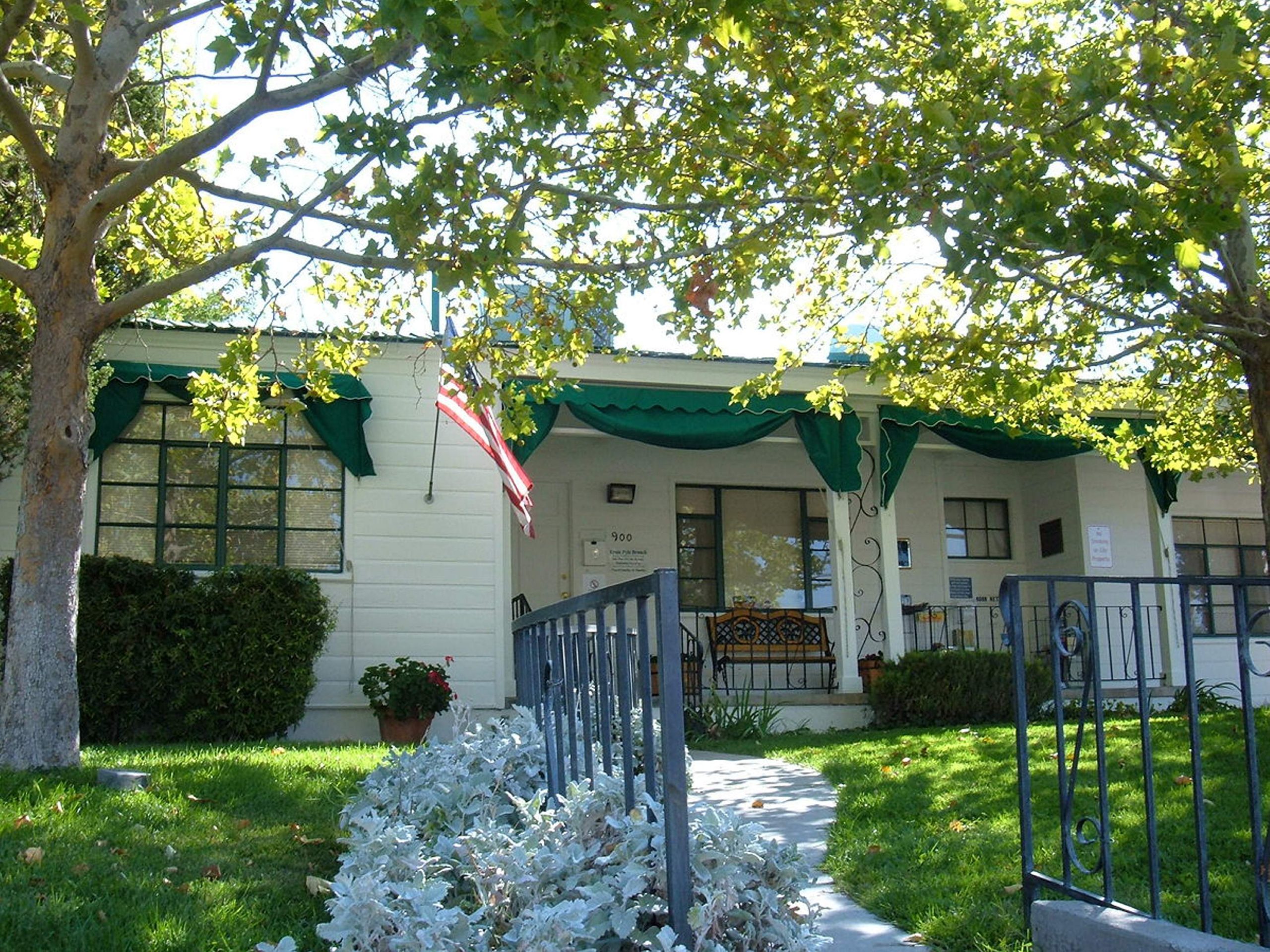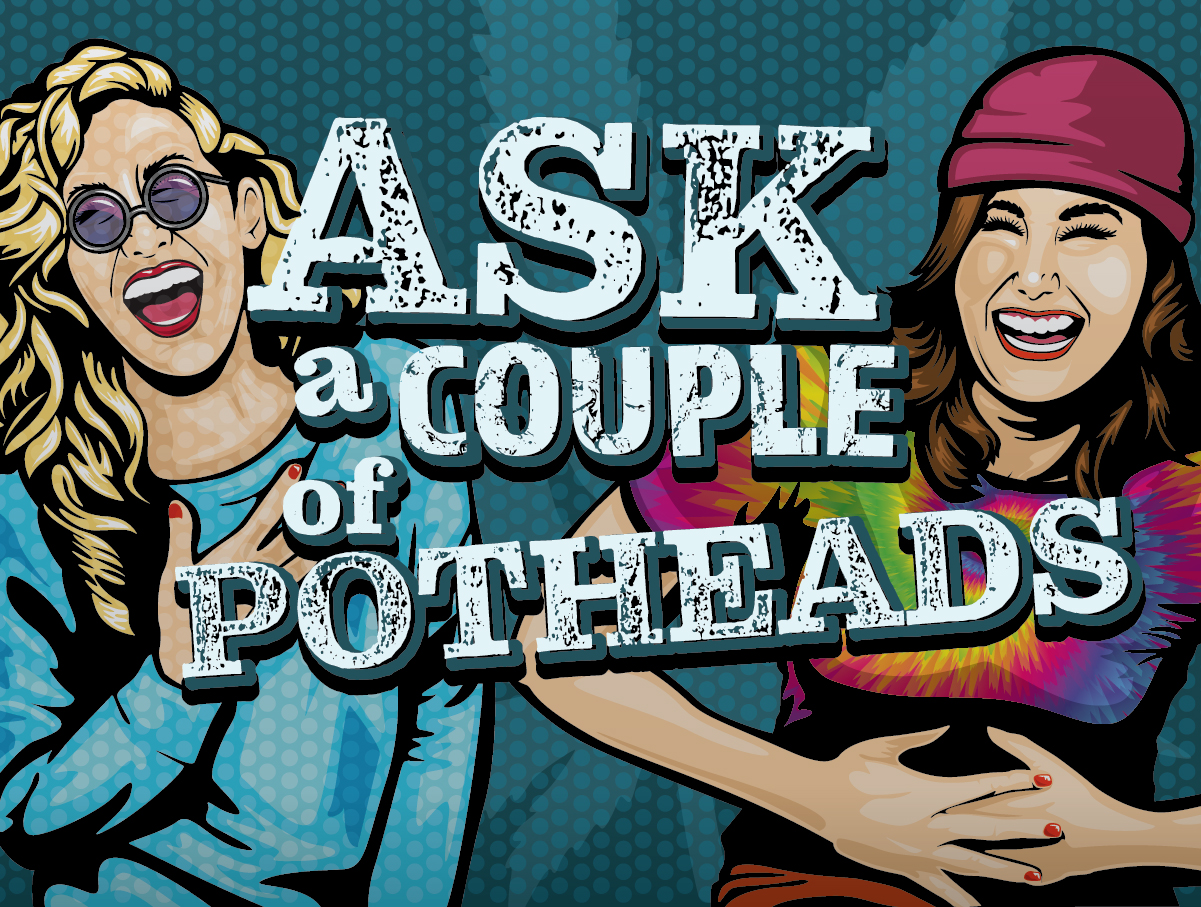It’s been a hard mental health year in and around Durango. As of mid-November, 18 people died by suicide in La Plata County. As winter sets in, folks can become more isolated and seasonal affective disorder (SAD) can set in. DGO spoke to Dr. Brian Burke, a professor of psychology at FLC, to find out what to do to avoid the wintertime blues.
What is Seasonal Affective Disorder?It’s a name for a subtype of depression. In the “DSM-5,” the “Diagnostic and Statistical Manual of Mental Disorders” that we use worldwide to categorize psychological disorders. It’s listed as a major depressive disorder with seasonal patterns. It’s more common in northern latitudes, northern countries, places where winter days are short and the exposure to daylight is limited.
What are symptoms that you might have SAD?Generally, in seasonal affective disorder, it’s what we call an a-typical depression where it presents with low energy, extreme fatigue, tiredness, greater-than-normal amounts of sleeping, along with increased appetite and often, strangely enough, a craving for carbohydrates.
A lot of people have features of but not the full-blown disorder. In order for it to be a disorder it has to be significantly distressing to a person and the people around them. It disrupts your life and causes dysfunction.
Does Durango having a blue sky for so much of the winter make us less susceptible to SAD? I think the way the blue sky helps is that it gets people outside. One of the best treatments for Seasonal Affective Disorder is light. There are machines and special lights you can buy to do what is called dawn simulation, to do light therapy. That therapy shows as much effectiveness as anti-depressive medication does.
The other thing that’s important for all depression is exercise, particularly outdoor exercise. People who are getting outside in the daylight and spending their time exercising are going to be less likely to have seasonal affective disorder.
What amount of time should you be spending outside to avoid this? I don’t know if any study has quantified it. I would say, from my own experience, an hour. If you can get outside for an hour a day, you may be much better off.
Is there anything besides traditional meds or light treatment that helps someone avoid or lessen depression symptoms?One of the most promising treatments for all types of depression, but particularly for seasonal affective disorder is what psychologist Stephen Ilardi calls therapeutic lifestyle change (TLC). His proposition is that our generation is 10 times more likely to get depression than our grandparents’ generation was. He thinks it is because of society, elements like we are always stressed, always rushing places, we don’t sleep enough, we don’t get enough exercise, we don’t get outdoors, eat well enough, don’t have rich enough social interactions. He has shown, if we do those things we may not need anti-depressant medications. The idea is that getting outside, exercising outside, eating well, eating omega-3 fatty acids like fish, it helps. Focusing on good nutrition and connecting with people, not just through Facebook, but actually seeing friends in person. All of those things really help.
If you know that you get depressed in the winter, and you’re making plans to go skiing with your friends or having people over for dinner or listening to music with friends and having rich social interactions while eating good food, then I think you are much less likely to succumb to the symptoms of seasonal affective disorder.
What if someone is at a tipping point where they are starting to lose control of their (seasonal) equilibrium? What should they do? One of the most problematic symptoms of depression is social withdrawal. It makes depression worse.
It can be hard to be roommates or in a relationship or close friends with someone in the throes of depression because you’re trying to get them to come out, go do things, but they have already succumbed and are saying, “No,” or “I can’t,” and they really can’t at that moment. They have too little energy and too little motivation at that point because of the symptoms of the disorder. It can be really, really challenging. That said, one of the most serious symptoms of depression is suicidal ideation. We have had a spike in the past year in the community, in Durango, in La Plata County.
Talk to someone, anyone, reach out to anyone you trust rather than nobody. You don’t have to talk to a lot of people, just reach out to one. We have many therapeutic resources in the community. Many of them are free or low cost. Like Axis Health. Personally getting connected to resources is super important. Counseling helps with depression. It helps as much, and in some cases, more than medication does. Depression is treatable, but it is not treatable if you are by yourself in your room not talking to anyone.
Interview edited and condensed for clarity.— Patty Templeton













